Work it! The best home gym kit
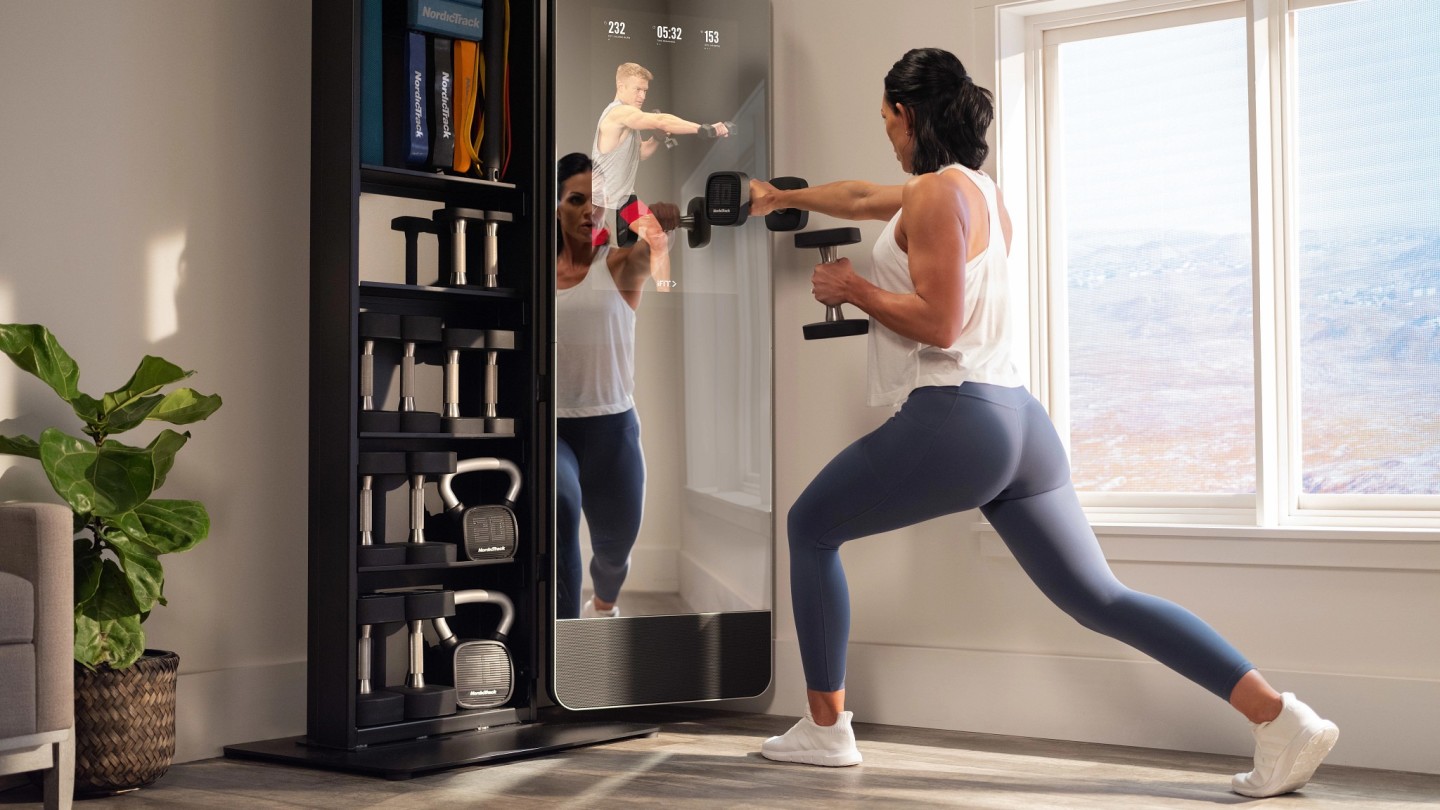
Roula Khalaf, Editor of the FT, selects her favourite stories in this weekly newsletter.
The growth of the home gym has been one of the more positive phenomenons of the pandemic era. In 2018, a comprehensive European study found that half of those surveyed did no exercise or sport at all, citing a shortage of time as the principal barrier, followed by lack of motivation or interest. But working from home, recouped commuting time, and the connected fitness revolution have transformed attitudes towards our health. Peloton, a brand that has become synonymous with the home smart gym, recently revealed that 2.49m connected fitness subscribers (defined as those who both own Peloton hardware and pay the £39 a month subscription fee) average more than four workouts per week and there is an annual retention rate of 92 per cent.
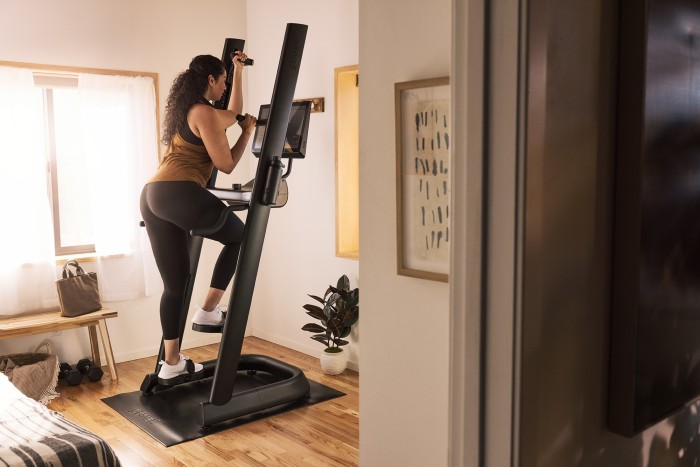
Much of today’s home gym equipment is technology driven. One functional piece of tech that feels futuristic is the smart fitness mirror: full length, some as slim as 40mm and with integrated high definition touchscreens, they allow users to screen professional classes – from aerobics to dance, live sessions and one-on-one personal training – while monitoring their form. A monthly subscription (in the region of £39 a month) will be required to access thousands of pre-recorded workouts, which can be selected on demand, and new classes are added daily to help ensure the content is fresh and motivating. Valerie Bures-Bönström, founder and CEO of specialist VAHA, likens the mirrors to the fireplace, providing a focal point for accessing multimedia: from a jukebox via Spotify, video calls on Skype, or basic web browsing. Many, conveniently, can be propped against a wall.
Connected technology is also enhancing the performance of machines to rival the experience one might find at the gym. CLMBR is a vertical climber ($2,799) that provides a workout combining cardio and aerobics, similar to rowing, and uses 86 per cent of the body’s muscles. It claims to burn more calories (600 to be exact) during a 30-minute workout than cycling, running or rowing. And its connected gym workouts are highly motivating, offering anything from 15-minute sprints to climbing the summit of Mount Everest (although this is currently only available in the US).
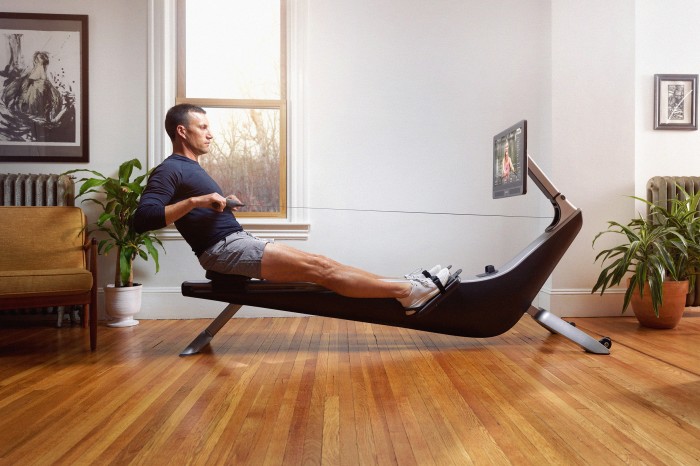
For a strength and cardio workout, little stacks up to rowing. It works six of the body’s seven major muscle groups (versus two in cycling) and includes a strength component thereby improving bone density and helping to reduce aliments like osteoporosis. But the machinery has been overdue for a refresh. Former US national rowing coach Bruce Smith’s Hydrow (£1,995), founded in 2017, offers a realistic rowing feel – it passes the test for former Concept 2 users and ex rowers. It has quiet electromagnetic resistance and a 22in touchscreen with access to a library of more than 3,000 live or on-demand classes. It also offers live broadcast classes from the water (which, anecdotally, Hydrow has a patent on).
Smith reports a rowing resurgence. His brand witnessed a growth of 500 per cent year-on-year between 2019/20, and 300 per cent in the first half of 2021; 93 per cent of customers are first-timers. He hints there are more exciting features being added in 2022.
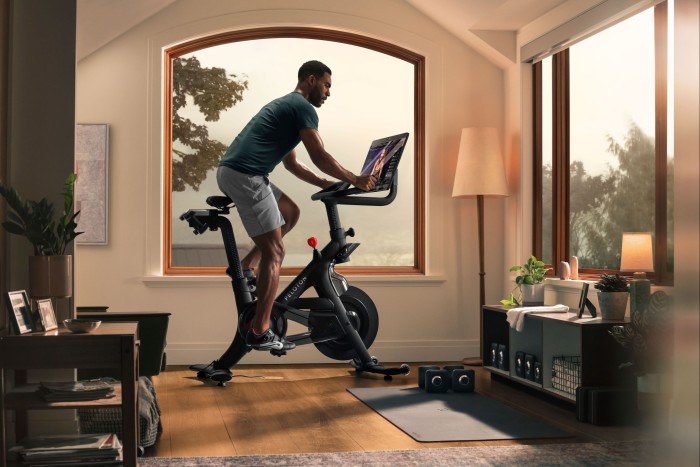
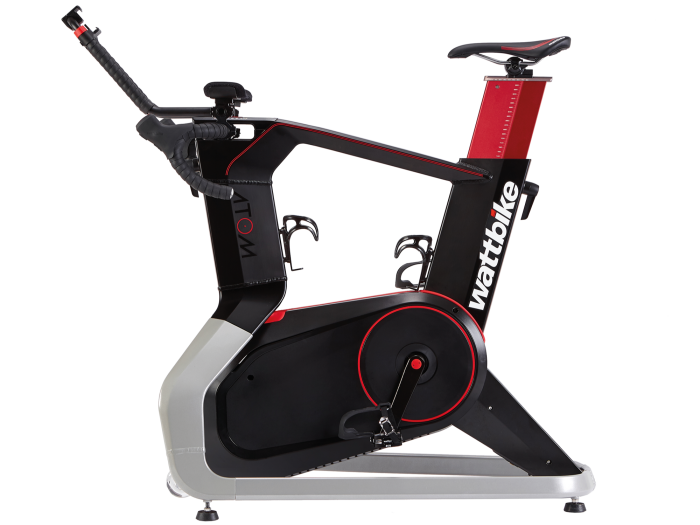
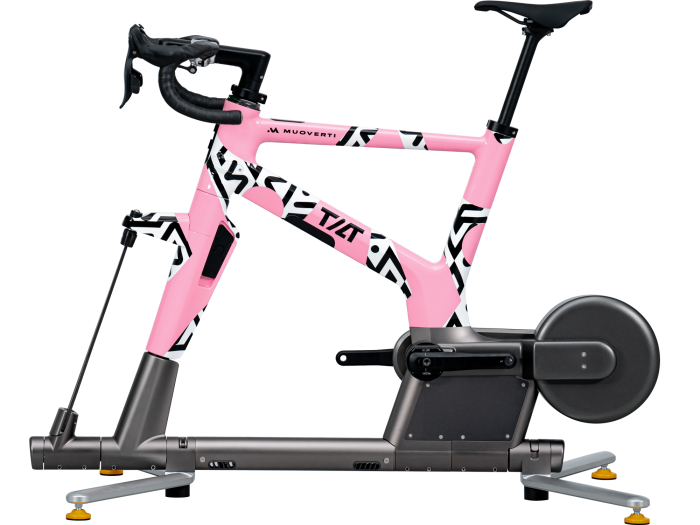
But no other machinery can compete with cycling when it comes to motivational content. Peloton’s latest Bike+ (£2,295) now has an auto-resistance setting, improved speakers and a bigger 23.8in screen with 360-degree movement so it can be used for other mat-based classes.
More serious cyclists may turn their noses up at spinning, and in truth the users and desired outcomes tend to be quite different. For “cyclists”, training is based on the rider’s functional threshold power score (calculated by an all-out 20-minute cycling effort), which is then used to rebase all workouts. So whether you’re Chris Froome or a complete novice, the same level of exertion will be required to do exactly the same workout.
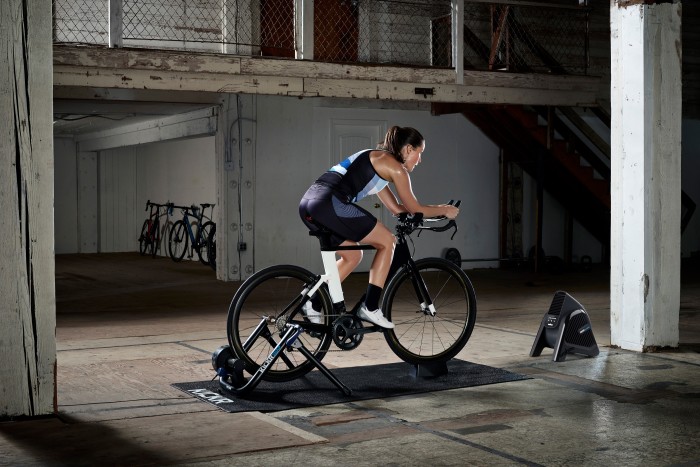
Trainers such as the Wattbike (£1,999) connect to apps like Zwift ($14.99 a month), a virtual cycling world, which even hosted the Virtual Tour De France in 2020; or TrainerRoad ($19.95 a month), perhaps the best AI-powered training programme out there for keen cyclists. Wattbike doesn’t come with a screen, instead being paired with a smartphone, tablet or TV, which overcomes the obsolescence that can be a problem with complete integrated gym equipment. Plus it allows for personalisation. If you’re looking to use an existing bike on a turbo trainer, Wahoo’s fifth iteration of its popular Kickr Smart Trainer (£999.99) is the best in class.
And keep an eye on Muoverti TiltBike. The London based startup will ship its newly launched smart bike in 2022. It takes “real feel” to another level – it tilts as you steer, for instance – and is future-proofed for the evolution of cycling gamification.
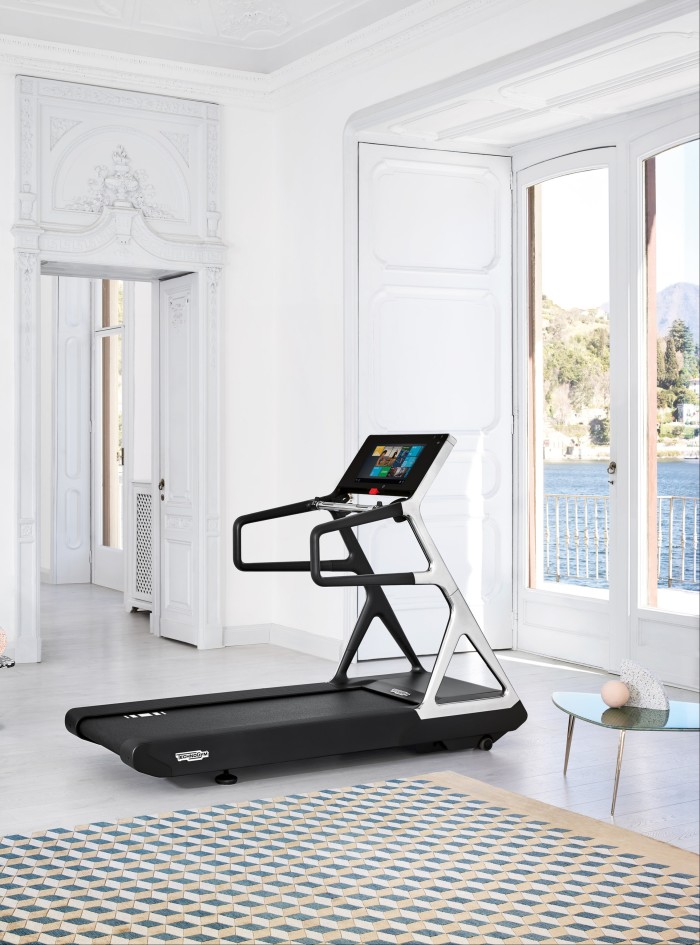
But what of that most traditional of home gym buddies: the treadmill? Technogym Run Personal (£12,800) combines luxurious aesthetics (a consideration if the machine is hanging around the bedroom), as well as cutting-edge tech. It has also turned its attention to the weight bench, with the aptly named Bench (£1,450). It’s ideal for home use given that everything needed is housed in one compact space-saving design.
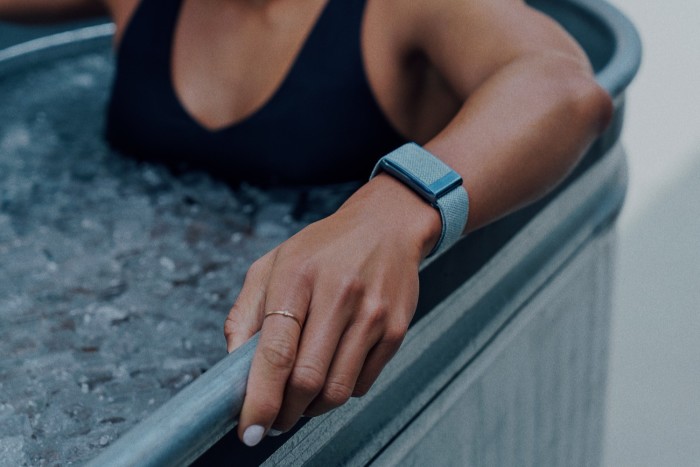
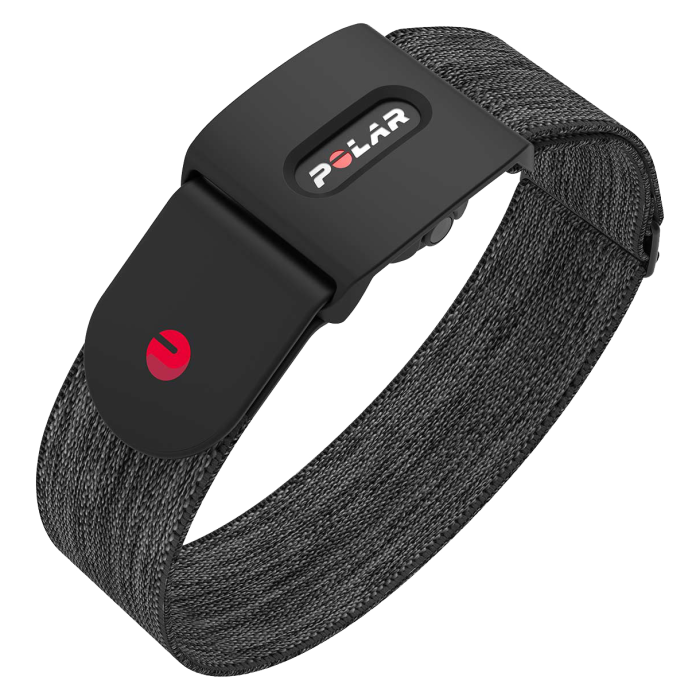
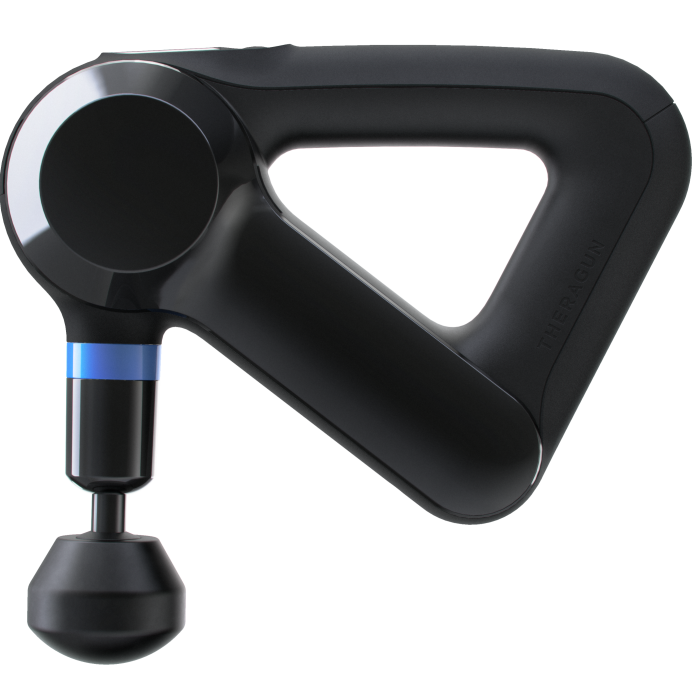
Wearables bring value to the home workout too, and thanks to the increasing accuracy and reliability of sensors (along with an improvement in the apps which interpret the data), now is a good time to take the plunge. The new Whoop 4.0 (£30 a month, including the device itself) is worn on the wrist 24/7, collecting heart rate, skin temperature and blood oxygen saturation levels. These sync with the app to build a complete picture of strain and recovery, indicating when you’re primed for a tough workout – and when you need to take it easy. The Polar Verity Sense (£79.50) is an arm- or wrist-based optical heart rate sensor, and good for use during workout, syncing via Bluetooth with most gym gear.
Finally, therapy and recovery can be monitored and maintained at home. Therabody’s fourth-generation Theragun Elite (£375) is a smart percussive therapy device that offers deep muscle treatment, oscillating at speeds of up to 2,400 times per minute. Just the job on sore post-workout muscles.
The best smart mirrors
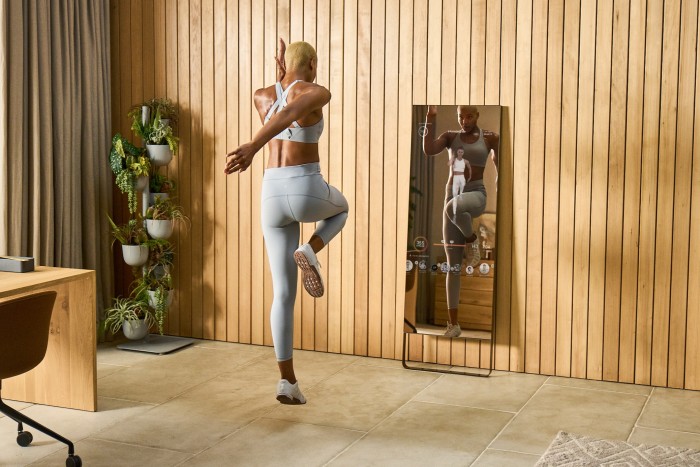
Mirror ($1,495) was one of the first to market in 2018. Acquired by Lululemon in 2020, it remains one of the most popular choices in the US, as it’s only 36mm deep, offers a 43in display (though it’s not a touchscreen, instead being controlled via an app on your phone) and, perhaps most importantly, it offers a huge library of 10,000+ on demand classes – the most of any offering. Live one-on-one personal training can be accessed for $40 per session. mirror.co
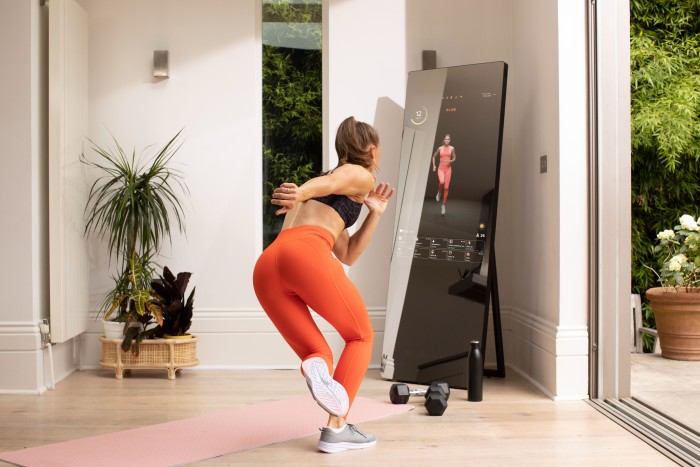
Vaha’s £39 a month subscription includes a free one-on-one personal training session (and you can book more), while offering access to more than 650 live and on-demand classes. The mirror, available in Europe and the UK, comes in a large size with a 43in display (£1,950) and a smaller Vaha S version with 32in display (£1,150), both touchscreen. uk.vaha.com
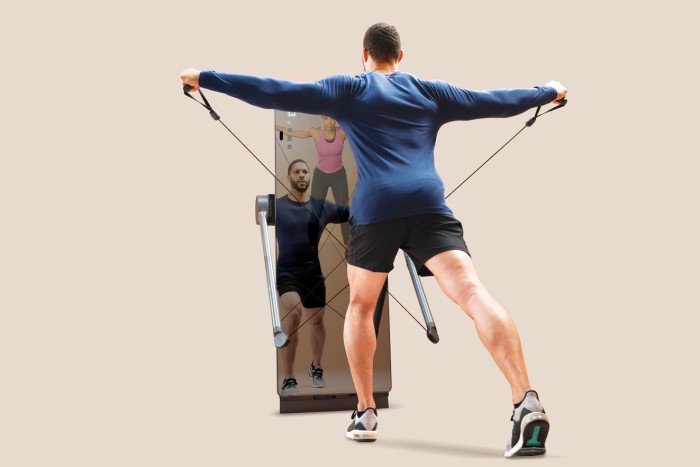
Forme ($2,495) is loaded with industry-leading hardware including a large integrated high definition 4k touchscreen, voice activation and AI integration. Thanks to the nifty modular design, it can be transformed into the Forme Lift ($4,495). Stowable arms appear from each side, which connect to a slimline unit behind the mirror to offer around 70kg of weight-lifting capability for strength training. It is currently only available in the US, but the brand plans to extend availability to the UK and Europe in 2022. formelife.com
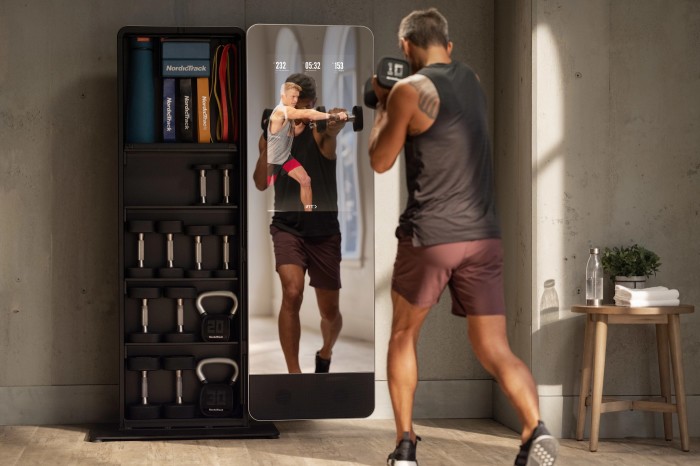
NordicTrack Vault (£2,499) offers a full gym experience: dumbbells, kettlebells, resistance bands and more are stored in a full-height cabinet hidden discreetly behind the mirror. nordictrack.co.uk
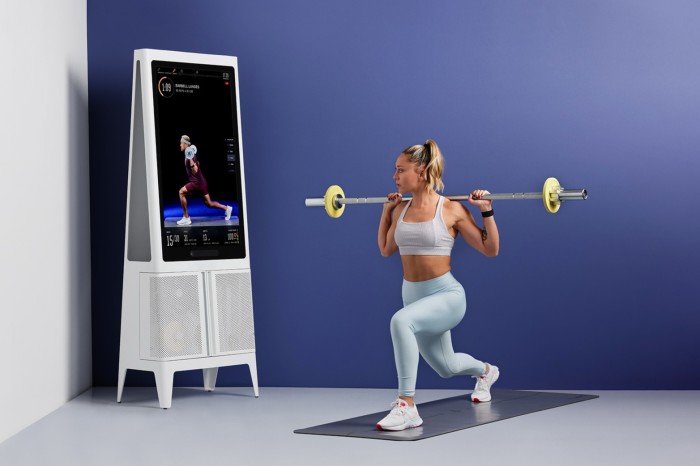
The Tempo Studio ($2,495) is the most technologically advanced option thanks to its motion-capturing AI system – a 3D sensor corrects you on bad form while counting reps. The design – freestanding and easel-like – makes it versatile and easy to move, plus 40kgs of weights stowed below the screen and a full-length vertical barbell on the back facilitates strength training. Meanwhile, the brand new, affordable and compact Tempo Move ($495) provides a bedside table-sized weights’ storage cabinet, dumbbells set, iPhone mount and HDMI cable. tempo.fit
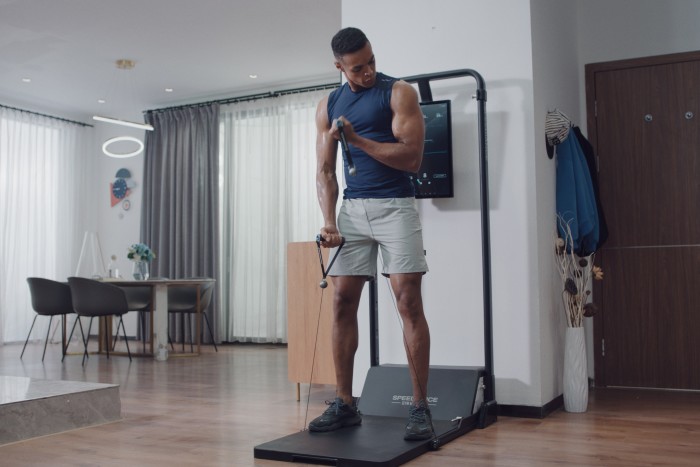
Speediance ($2,899) is a 21.5in touchscreen mounted on a machine that neatly folds away but provides up to 110lbs of motor-controlled weight resistance and more than 100 different exercises. speediance.com
Comments